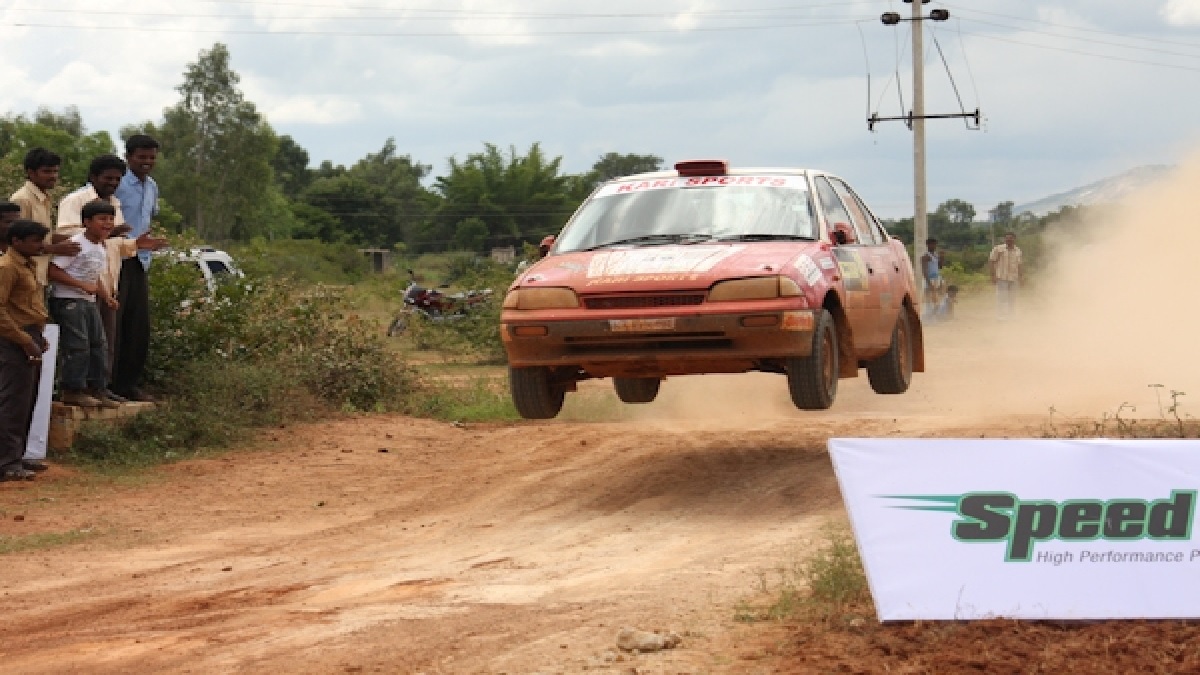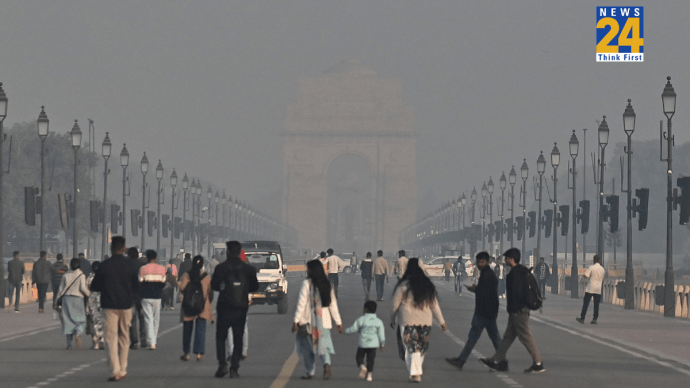While a Rally cars might seem similar to that of your normal vehicle, they are different. They often go through extensive changes to be able to easily tackle the hardships that Rally stages comprise of. Here are all the changes that rally cars go through to be able to perform well.
Rally Car Body Work
Rally vehicles generally are stripped to save up on weight, often the panels of the car are harnessed for better rigidity. In certain cases the chassis of the vehicle are reinforced as well to ensure that it can easily take the beatings of a rally course with ease. Beyond that they are fitted with Roll Cages and additional safety features such as a fire extinguisher kit as well.
Rally Car Seats
The seats of the rally car are often changed to provide the driver with comfort and to accommodate a three point seatbelt system that is necessary to keep the driver safe.
Rally Car Suspension
Rally cars suspension are meant to help the drivers drive fast and help them achieve better car control. Longevity of use is not a concern for rally car makers. Often Indian rally cars are fitted with Reigers Suspensions, they allow the driver to have full control over the stability of the vehicle. A rally car suspension is tweaked throughout a rally stage for optimum performance.
Engine Changes
Often rally rules do not allow drivers to gain any unfair advantage by tweaking the engine. Rally drivers often use modified engine control units. These allow them to improve the performance by managing ignition timings and increasing the fuel supply to the engine for better performance.
Rally Car Tyres
Rally cars have different tires that are usually made out of special compounds and cannot be used on road cars. These tires have strong sidewalls for better traction and impact absorption. Just like F1 Tires rally cars also have soft, hard and medium compound tires.
Also Read: DPF Regeneration And Its Necessity In A Diesel Vehicle, Signs Of A Clogged DPF Filter













